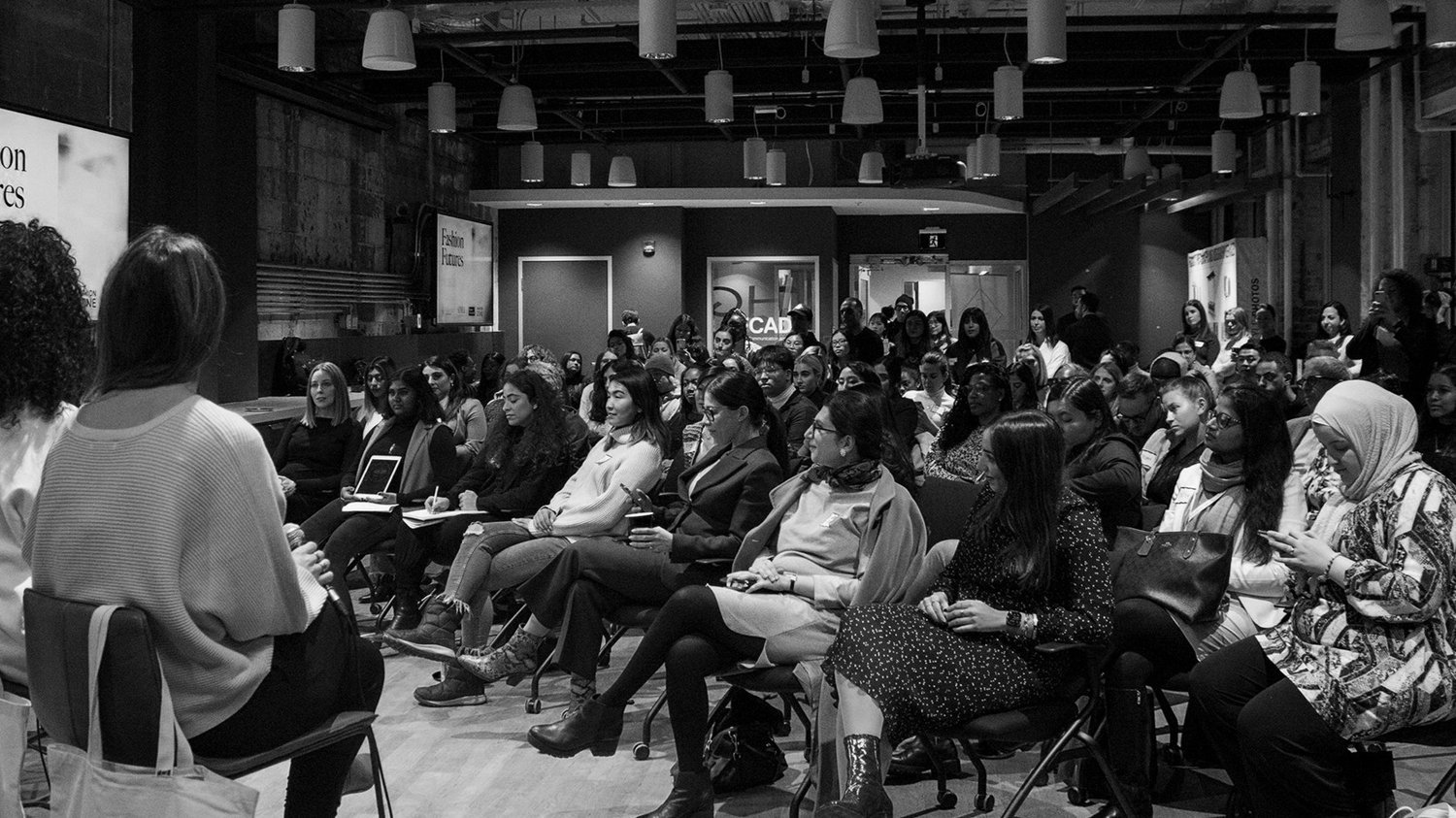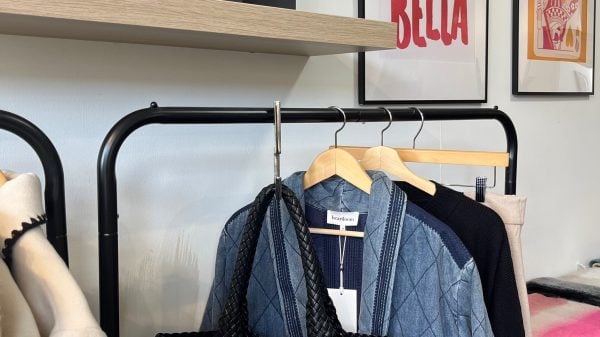2022 was a rollercoaster year for fashion executives. From beginning the year focused on COVID recovery efforts, to ending the year focused on battling high inflation and low consumer sentiments, 2022 ended with a different set of challenges and opportunities than most retailers had expected 12 months prior. Highlighting just how much the retail landscape changed over the course of 2022, 85% of fashion executives surveyed in the 2023 BoF-McKinsey State of Fashion Survey predict inflation will be a top challenge in the market this year. This is a notable contrast to 2022’s focus on “recovery”. At the same time, according to McKinsey’s Consumer Pulse Survey, 37% of consumers plan to reduce discretionary spending, indicating strong headwinds heading into 2023.
Given the changing nature of the retail landscape heading into 2023 here is our analysis of the key trends that will shape the months ahead for retailers.

Source: fashiontech.ca
Brick & Mortar is Back (again)
Hot off the tail of a pandemic driven ecommerce surge, retailers will again start to emphasize their physical presence across geographies – from major metropolises to tier-2 cities. Whether in the form of a traditional boutique style store, pop-up locations or a wholesale presence, fashion retailers will experiment with different physical channels over the coming 12 months in a bid to establish new conversion channels while building brand identity and loyalty.
This focus on physical channels has become particularly apparent as committed DTC retailers have started to open or expanded their physical presence, most notably Allbirds, Everlane and Mejuri. At the same time, according to Coresight Research, the US and UK saw the number of store openings double that of store closures in 2022, indicating an ongoing rightsizing of retail channels.
Re-org Redo
Amongst a continuously changing landscape, retailers will need to both reimagine and right-size their organizations in order to stay nimble and relevant. While many retailers were able to successfully restructure and scale up in response to the demands of pandemic era retail, those same retailers will need to again reimagine organizational structures with a focus on cross-functional roles. This includes roles that bridge IT, marketing and sales, alongside roles that can help organizations prioritize profitability alongside growth. Fashion executives will also need to balance organizational restructuring with disproportionately high turnover of frontline retail staff. All of this will need to be balanced with staying competitive for top leadership talent in a hot labour market.
Data Lights the Path
While the need for real-time, actionable data is nothing new for retailers, the critical nature of this information will only become more clear as retailers work to achieve profitability amongst surging manufacturing and labor costs and continuously evolving consumer behavior. However, the need for retailers to comply with stringent consumer data legislation will challenge retailers to review and innovate their data capture and advertising strategies to come out ahead in 2023.









